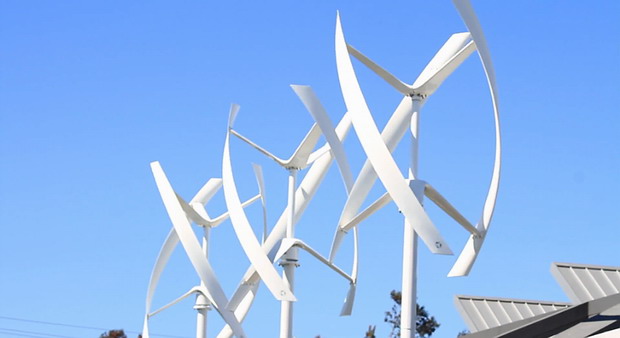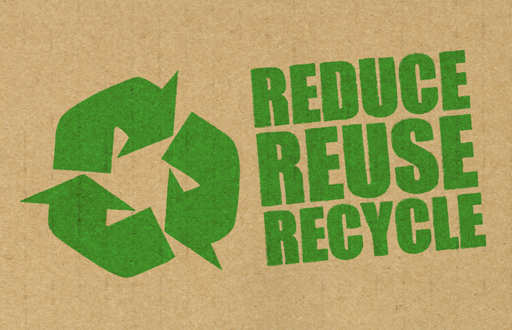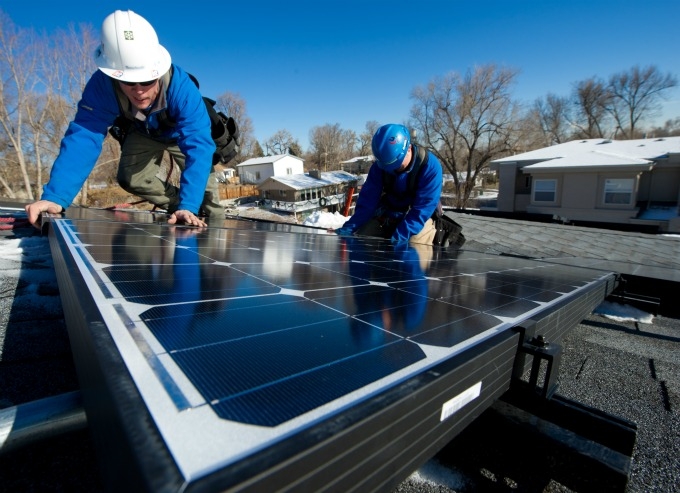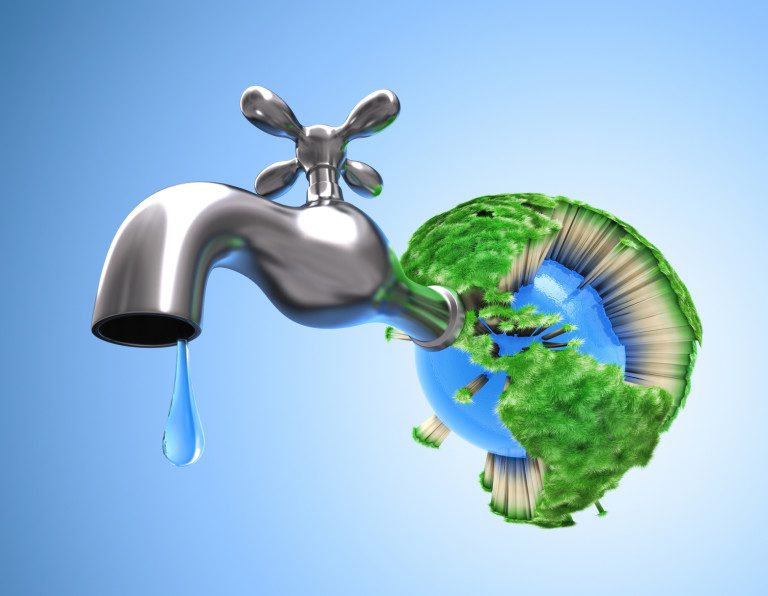written by: Jennifer Claerr•edited by: Lamar Stonecypher•updated: 2/13/2012 Wind turbines for the home offer a cost-competitive alternative to solar panels. Here are a few tips on how to choose a small wind turbine system for your home.
· Are Small Wind Turbines Right for My Home?
Small wind turbines can save you a lot of money on your home’s electric bill. Once installed, they’re completely pollution-free. However, wind turbines are not right for everyone. There are many factors you must consider when deciding whether to install a wind turbine system for your home. First of all, you should determine whether you can purchase green electrical power from a service provider such as Green Mountain Energy. If you can, this may be a more economical option than investing in a small wind turbine system. Second, even small wind turbines require a considerable amount of space for installation. Preferably, your home should have at least 1 acre of property to install the wind turbine. So if you live in a cramped urban or suburban area, you probably will not be able to install a small wind turbine on your property. For people living in areas with limited space, solar panels are a better option. Also, you should be sure that there is sufficient wind on your property for the small wind turbine to function. For a wind turbine system to be an economical investment, the average wind speed in your area must be between 10 and 20 miles per hour. The United States Department of Energy publishes wind resource maps that should be sufficient for determining the average wind speed in most areas.
· Types of Small Wind Turbines
The two basic types of wind turbines are horizontal and vertical wind turbines. Horizontal wind turbines are most common, and usually have two or three blades. Vertical wind turbines such as Darrieus turbines have an egg-beater design with the blades on a vertical axis. Savonius rotor vertical axis wind turbines have a design similar to an anemometer. Horizontal wind turbines typically can convert about 35 percent of wind energy into electricity. Darrieus rotor vertical wind turbines have an efficiency rate of about 30 percent. By comparison, Savonius vertical wind turbines are very inefficient, converting only between 5 and 15 percent of wind energy into electricity.
Vertical axis wind turbines tend to weigh more than horizontal axis wind turbines. Also, if you install a vertical wind turbine on your property, you’ll need to use guy cables to keep it standing. For most homes, the horizontal axis wind turbine will be more cost-effective over the long term than a vertical wind turbine.
· Costs to Install a Small Home Wind Turbine
Small wind turbines are expensive. A 10 kilowatt (kW) system can cost $50,000 or more. However, they can last 20 years or more and require little maintenance. If you use between 700 and 1000 kW hours per month, a small 10 kW wind turbine can supply up to 90% of your home’s total electricity needs. There may also be costs to hook up the wind turbine system to the grid. Once your small wind turbine is connected, you can sell any unused electricity to your utility company. You can also purchase electricity from the company when your wind turbine system can’t provide as much energy as you need. This is much less costly than installing a battery system to store the unused energy.
· Additional Wind Energy Facts
Wind energy might seem pricey, but it’s still less expensive than solar panels in many cases. Also, tax credits or rebates may be available from your state if you invest in a small wind turbine system. Today’s wind turbine systems are significantly more reliable than the ones that were sold thirty years ago. So don’t allow a negative experience you’ve had with wind energy in the past deter you from getting a new wind turbine system. Be sure to consider the life span, efficiency and size of the wind turbine in addition to the upfront cost. Don’t forget to check the wind speed in your area before you make a purchase to ensure that a wind turbine is right for your home. You can learn more about wind energy on the American Wind Energy.





